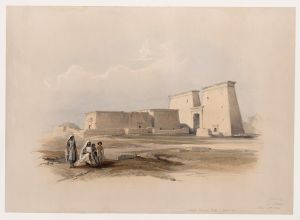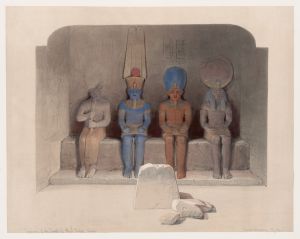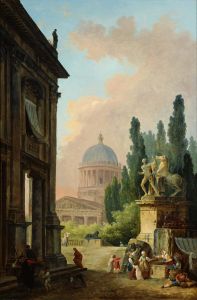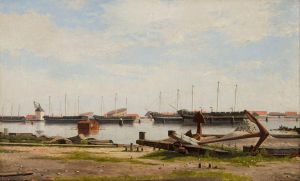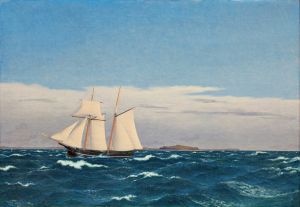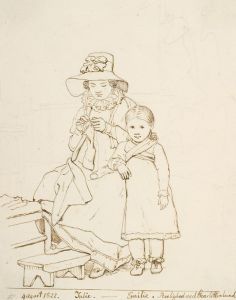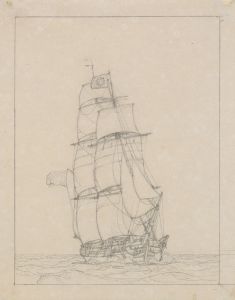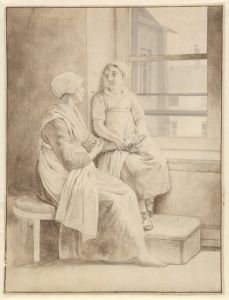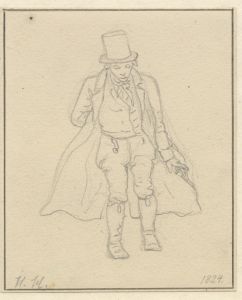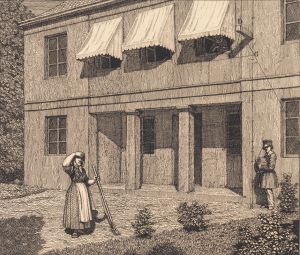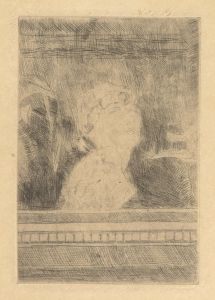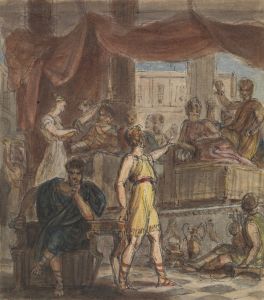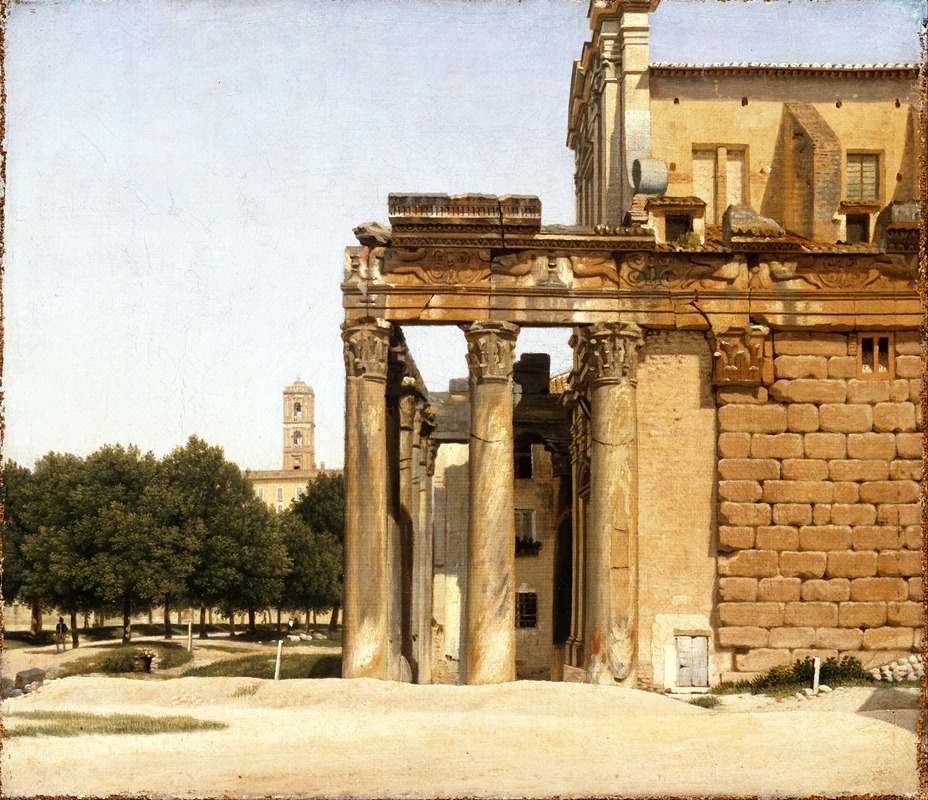
View of the Via Sacra, Rome
A hand-painted replica of Christoffer Wilhelm Eckersberg’s masterpiece View of the Via Sacra, Rome, meticulously crafted by professional artists to capture the true essence of the original. Each piece is created with museum-quality canvas and rare mineral pigments, carefully painted by experienced artists with delicate brushstrokes and rich, layered colors to perfectly recreate the texture of the original artwork. Unlike machine-printed reproductions, this hand-painted version brings the painting to life, infused with the artist’s emotions and skill in every stroke. Whether for personal collection or home decoration, it instantly elevates the artistic atmosphere of any space.
Christoffer Wilhelm Eckersberg's View of the Via Sacra, Rome is a painting created in 1814 by the Danish artist, often referred to as the "father of Danish painting." Eckersberg was a central figure in the Danish Golden Age of art, and his works are celebrated for their precision, clarity, and attention to detail. This particular painting is an example of his skill in capturing architectural and historical subjects with a sense of realism and atmosphere.
The artwork depicts the Via Sacra, the main street of ancient Rome that runs through the Roman Forum. This street was historically significant as it was used for triumphal processions and other ceremonial events in ancient Rome. Eckersberg's painting shows the ruins and remnants of this iconic location, reflecting the artist's interest in classical antiquity and his ability to document historical sites with accuracy.
Eckersberg painted View of the Via Sacra, Rome during his stay in Italy, where he lived from 1813 to 1816. This period was formative for his artistic development, as he studied the works of classical and Renaissance masters and immersed himself in the study of ancient Roman architecture. The painting is a testament to his dedication to portraying historical landmarks with a sense of authenticity and respect for their cultural significance.
The composition of the painting is characterized by its balanced perspective and meticulous attention to detail. Eckersberg's use of light and shadow enhances the three-dimensionality of the scene, while his precise brushwork captures the textures of the ancient ruins and the surrounding landscape. The painting reflects the influence of neoclassicism, a style that emphasizes harmony, order, and a reverence for antiquity.
Today, View of the Via Sacra, Rome is considered an important work in Eckersberg's oeuvre and a valuable example of Danish Golden Age painting. It is held in the collection of the Statens Museum for Kunst (National Gallery of Denmark) in Copenhagen, where it continues to be appreciated for its artistic and historical significance. The painting serves as a window into both the ancient world and the early 19th-century fascination with classical heritage, as seen through the eyes of one of Denmark's most renowned artists.





![Colossus in front of Temple of Wady Saboua [Wadi al-Sabua], Nubia.](/imgs/217471/s/david-roberts-colossus-in-front-of-temple-of-wady-saboua-wadi-alsabua-nubia-503a97c9.jpg)
